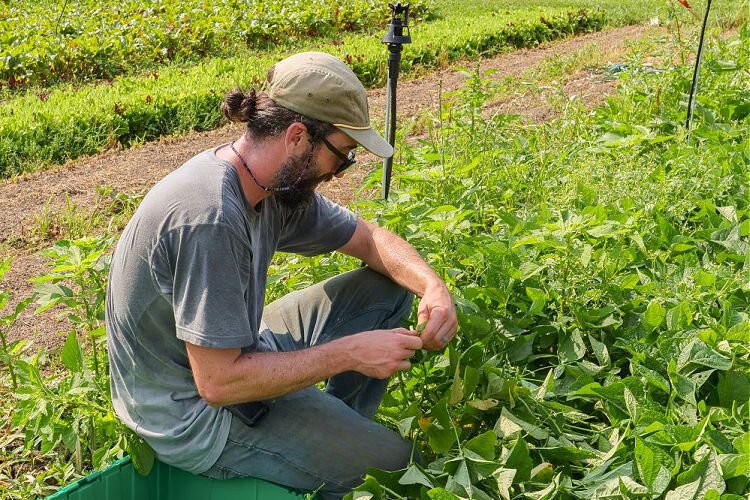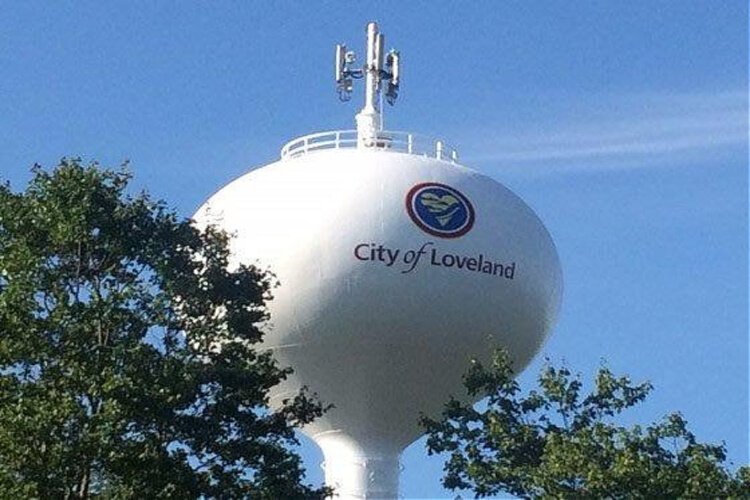Cincinnati Cyclers Have a Plan
Cincinnati celebrates May’s ‘Bike Month’ with style – and substance. A comprehensive bike plan, new bike lanes, ‘sharrows’, designated bike ‘parking’ spaces and even a bike corral in Northside are just a handful of the successes local bike advocates and city officials have achieved in the past year. Soapbox’s Jeremy Mosher says that their efforts are not only making Cincinnati more bike friendly, but changing the way we’ll all get around in the future – hint: two wheels are better than four.

Just two wheels have the ability to make Cincinnati cleaner, healthier, more accessible, more affordable, and more desirable to visitors and potential members of our workforce. Although many people leave regular bike usage behind in childhood, a number of Cincinnatians have been dedicating themselves to changing that.
From City Hall to small businesses to grassroots organizations, cycling advocates believe that making Cincinnati more bike-friendly is a low-cost, high-return route to a better quality of life. Michael Moore, Interim Director of the Department of Transportation and Engineering, explained that if bike advocates can get more people riding, “It will mean our city and our neighborhoods are comfortable, livable, and humanly-scaled.” May is National Bike Month, and here in Cincinnati that means a combined effort to move the Queen City closer to that vision.
Doing so will require efforts that are diverse as well as concerted, addressing needs on both a micro- and macro-level, and getting the city to implement a newly developed Bike Plan could have the broadest impact to local biking culture. Created by a coalition of city officials, leaders in the cycling community, consultants, and informed by public input, the Bike Plan proposes the creation of a bike network consisting of 337 miles of on-road routes, including 105 miles of bike lanes, as well as 101.9 miles of off-road paths. And while that may sound like a major overhaul of roadway infrastructure, creating the network is largely a matter of identifying and codifying safe and efficient routes. Bike Plan project manager Bob Patten explains that, “A bike network designates streets where conditions can be maximized.” The Bike Plan’s intentions are twofold. “The goal is to increase the number of bikers,” Patten says, “And reduce the number of crashes.”
Designed to be implemented over the course of the next fifteen years, the Bike Plan has the opportunity to build on existing local momentum. Patten notes, “Perception of safety is really the critical thing in every [biking] community in America,” before pointing out that the Queen City already has one of the lowest rates of bike-fatalities among Ohio cities. By increasing signage, on-street markings, and separate bike-lane accommodations, the Bike Plan seeks to improve both the perception and reality of cyclist-safety here, creating a clearer understanding and heightened awareness of bike routes in both riders and drivers alike. The result, he feels, would be a more civil, more appealing Cincinnati.
“The bike plan won’t just affect bikers. It’s another facet to the whole city.” Best of all, when it comes to improving bike infrastructure Patten points out, “You can do a lot of things with a little money.”
On a micro-level, Bike Month programming in Cincinnati is doing just that, working to build a healthier, more vibrant bike culture one rider at a time. Gary Wright is the President of Queen City Bike, an organization that aims to provide a united voice of local ridership.
“Our primary mission is to promote bicycling as transportation and recreation in Cincinnati,” Wright explains. “There was a need for a group focused on education and advocacy. There was a need for Cincinnati to take biking seriously.”
Formed three years ago expressly to nurture Bike Month programming, Wright and Queen City Bike spearhead a month of activities designed to build excitement in biking and connect would-be bikers to the resources they need. Wright feels that there is a demand here during the squeeze of a struggling national economy and the increasing movement toward more ecological living. “People want to break themselves of their addictions to their cars,” he says. From bicycle-themed movie screenings at Grammers to commuter training and education sessions, Bike Month strives to make local behavior change as smooth — and as fun — as possible. For 2010, Bike Month planners decided to target daily choices in commuting, in particular, with May 17th to 21st designated as Bike to Work Week. It’s a concept local business owner and cyclist Dan Korman believes strongly in. As owner of Park+Vine, Korman was already incentivizing bike-commuting for his employees. He recalls the first time an employee expressed interest in biking to work.
“Anyone who rides their bike to work, I said ‘You guys take a helmet.’ Anyone who has that glint in their eye, you just jump on them!”
For Korman, the interpersonal component to bike advocacy might be the most important step to making Cincinnati a better, more welcoming place to bike. “It’s everyday messaging about it,” he says. “There just needs to be more programming. Every business should have a bike rack.” And the reward for the converted? He is quick to share those, as well. “My life is so much more simple this way.”
A final public input meeting for the Bike Plan convened cycling advocates in mid-May. In attendance was Eli Braun, a paralegal who relocated to Cincinnati from New York, and a young person who wanted to be able to bike to work comfortably. He explained that when he was shopping for his new city “Biking was one of the first things I looked at when I looked at Cincinnati.” Now, with the Bike Plan being presented to City Council in June, the city’s future as it pertains to biking is certainly in something of a crucible. Patten says that, if approved, physical improvements could be seen relatively soon. Identifying several potential commuting corridors he explains, “Near term goal is, by the end of 2011, to do Riverside, Madison Ave and Spring Grove.” In the meantime, though, Korman believes that people considering cycling can draw confidence from the resources around then. For example, when it comes to getting bike equipment he recommends skipping Target or Wal-Mart where, he says, “There’s no relationship. There’s no support. Instead, find a friend or family member or colleague who bikes and go to a bike shop.”
With both the city and local advocates working in tandem, Patten believes Cincinnati can transform itself into a city known for being bike friendly, and a city sought out by cyclists. Asked if there is anything intrinsically required to creating strong cycling culture, he replies, “I don’t think there’s any one thing. A city makes itself a great biking city.”














